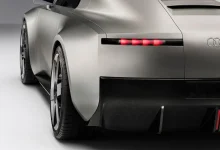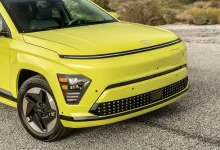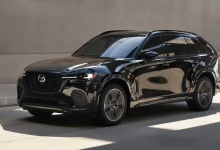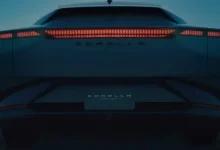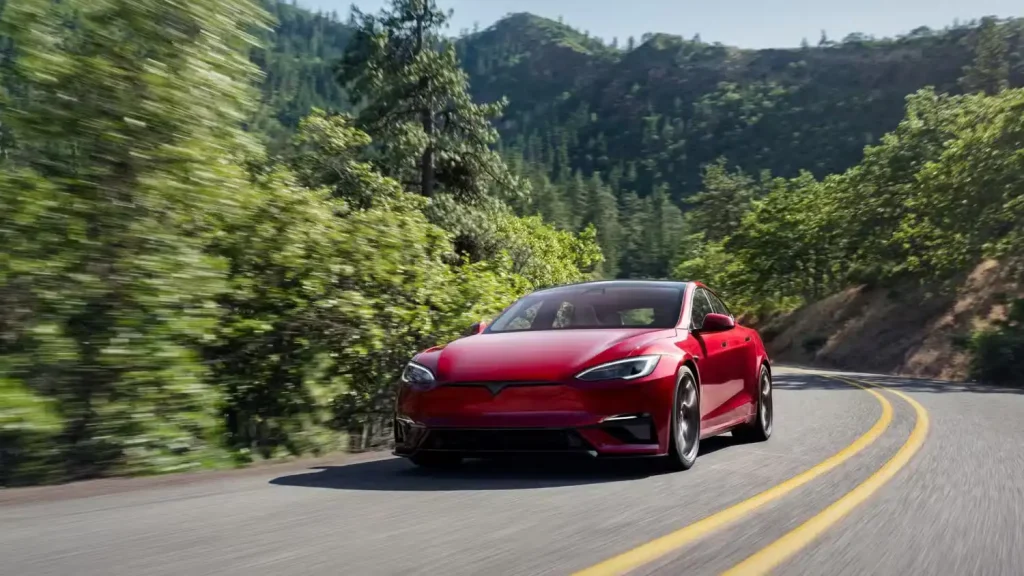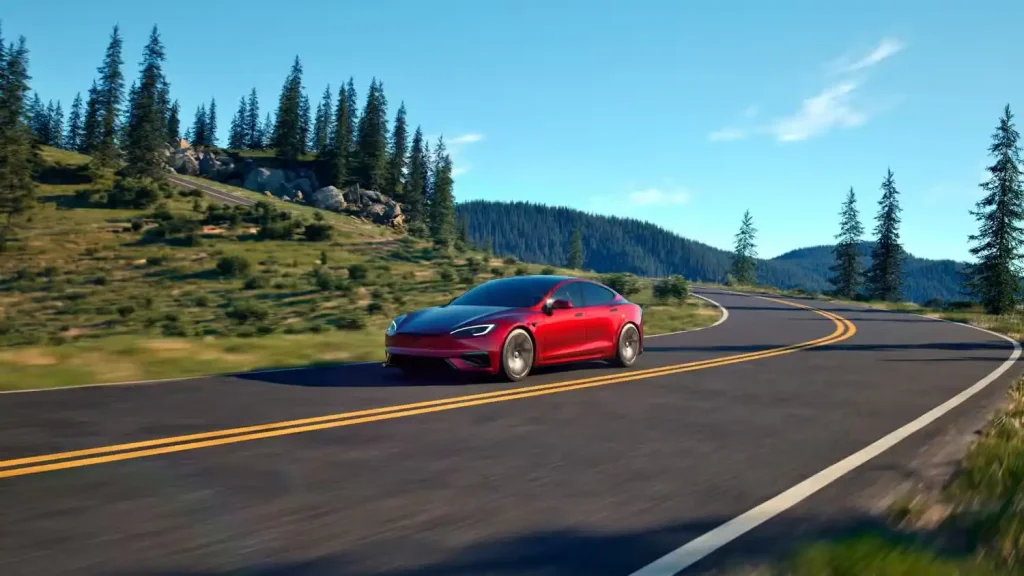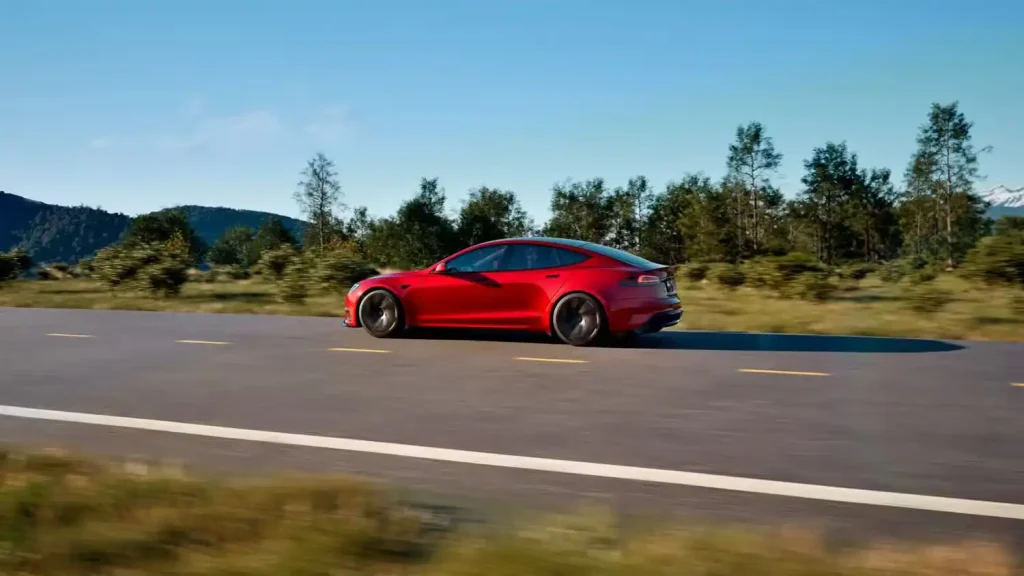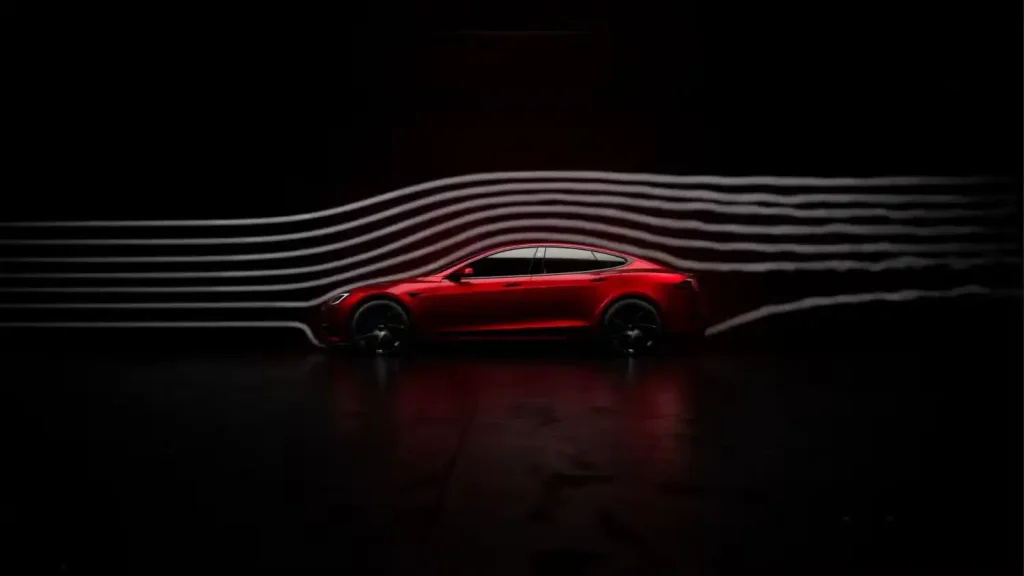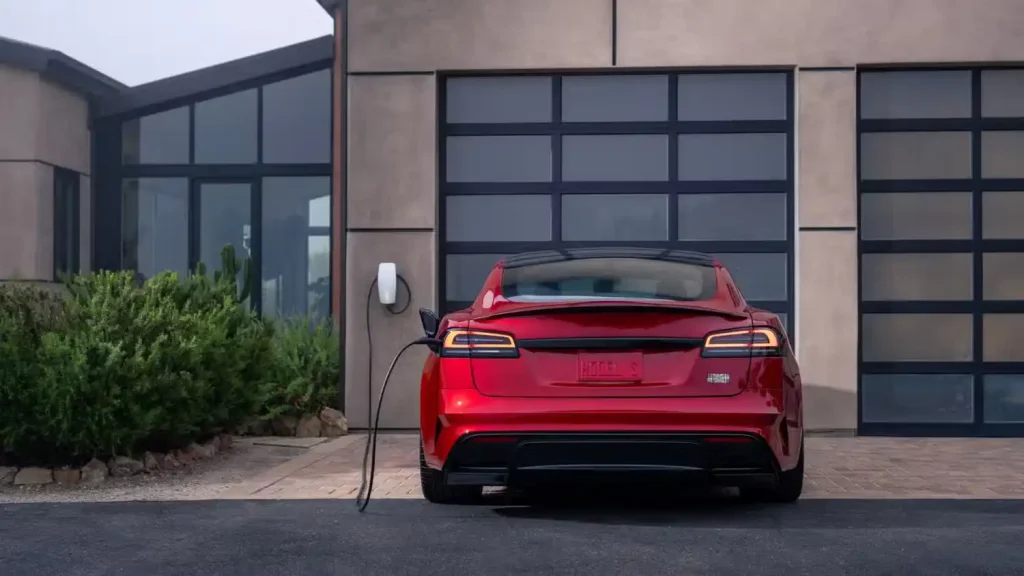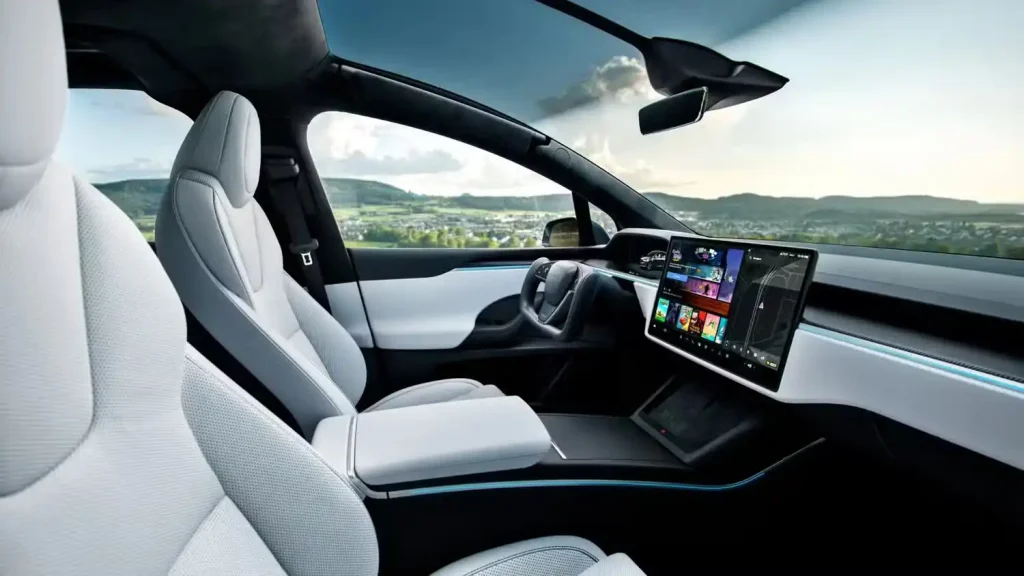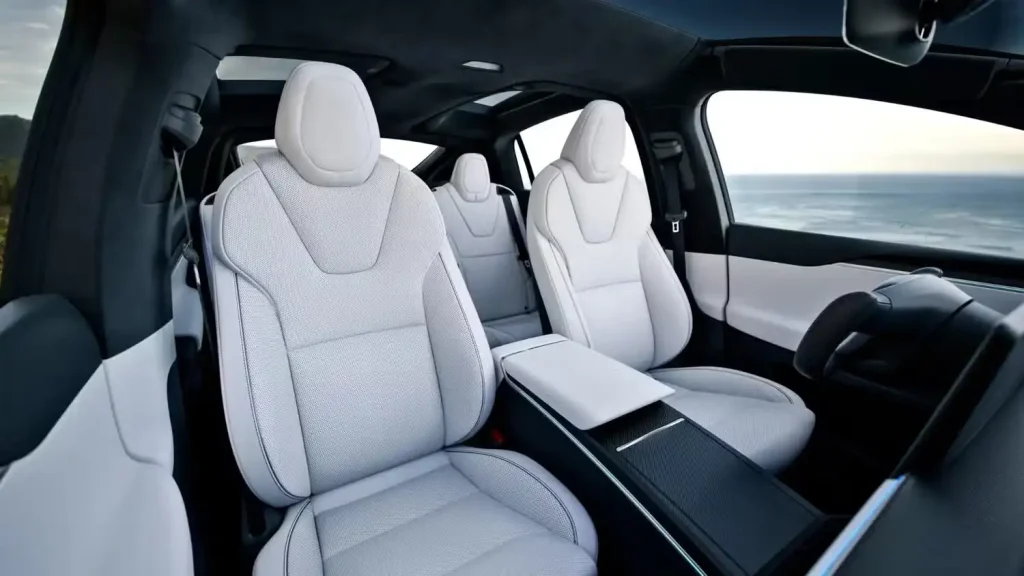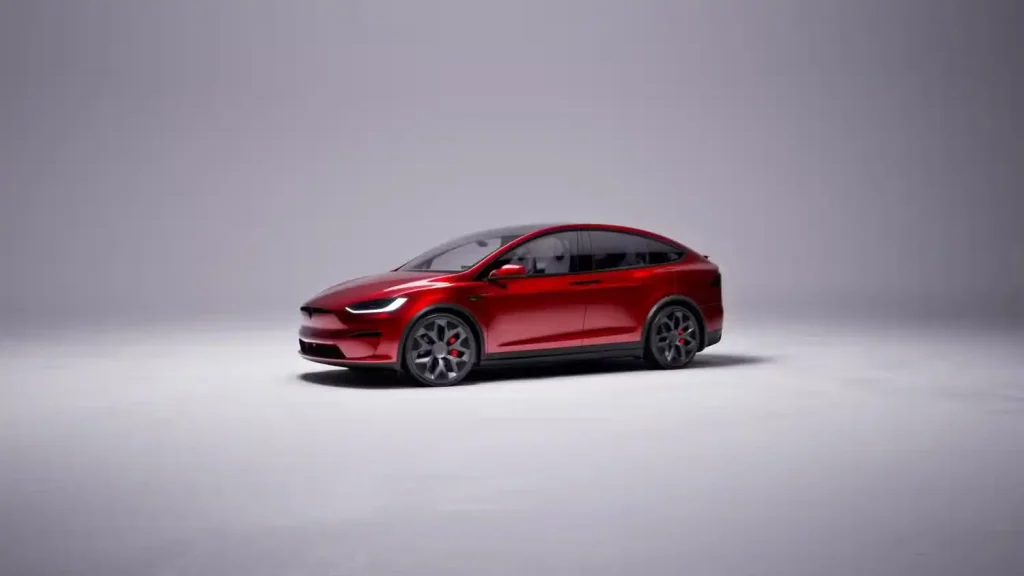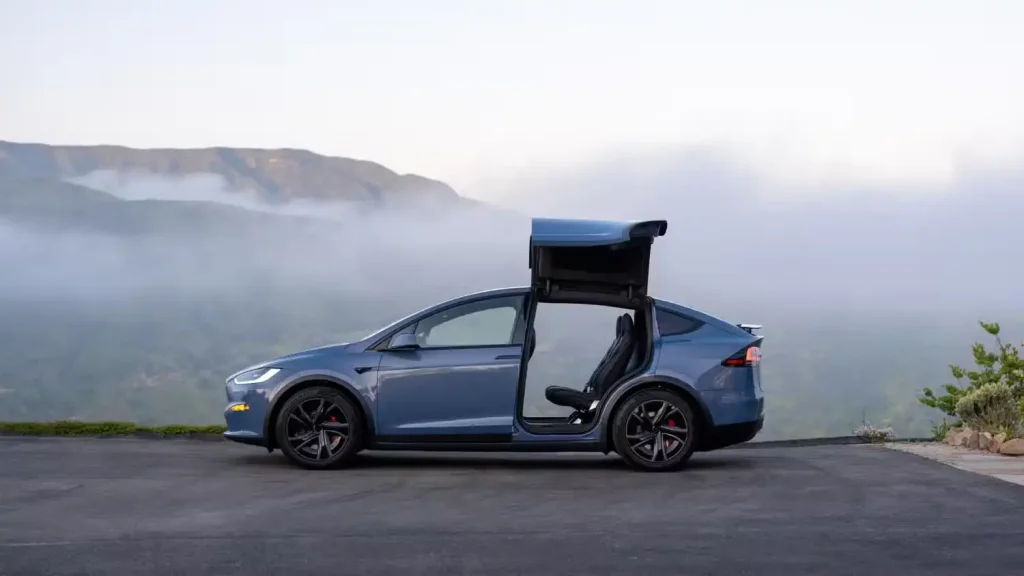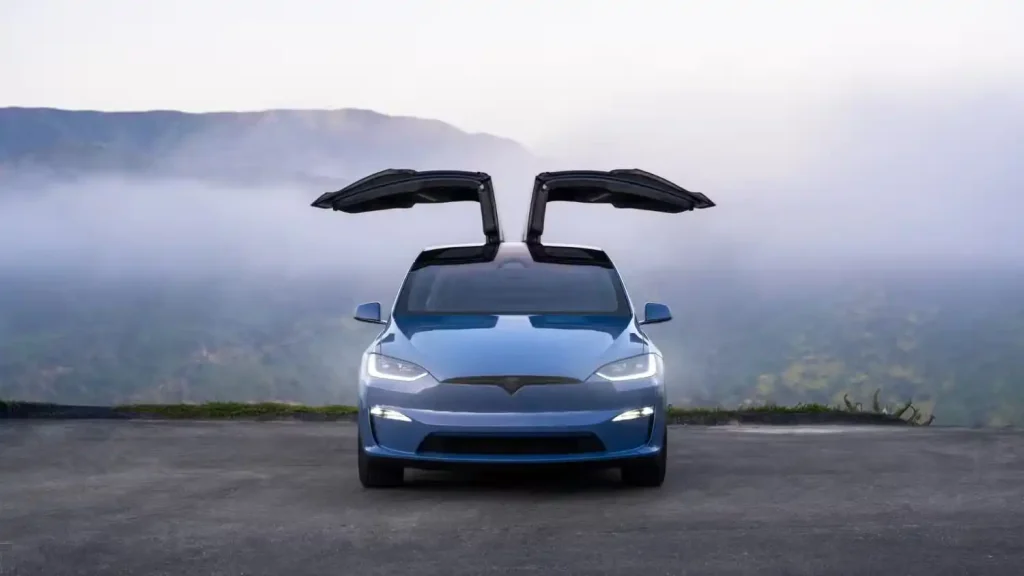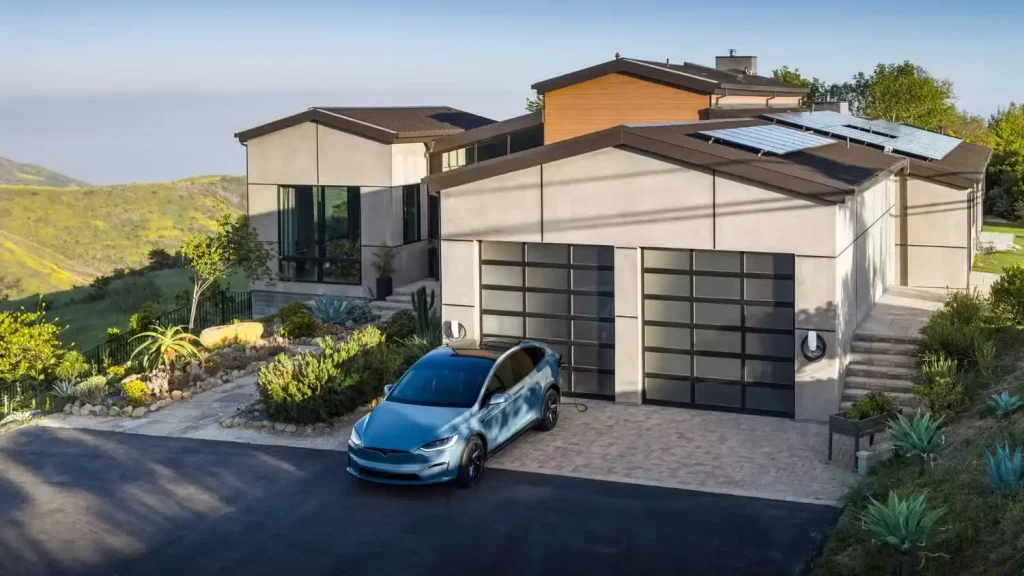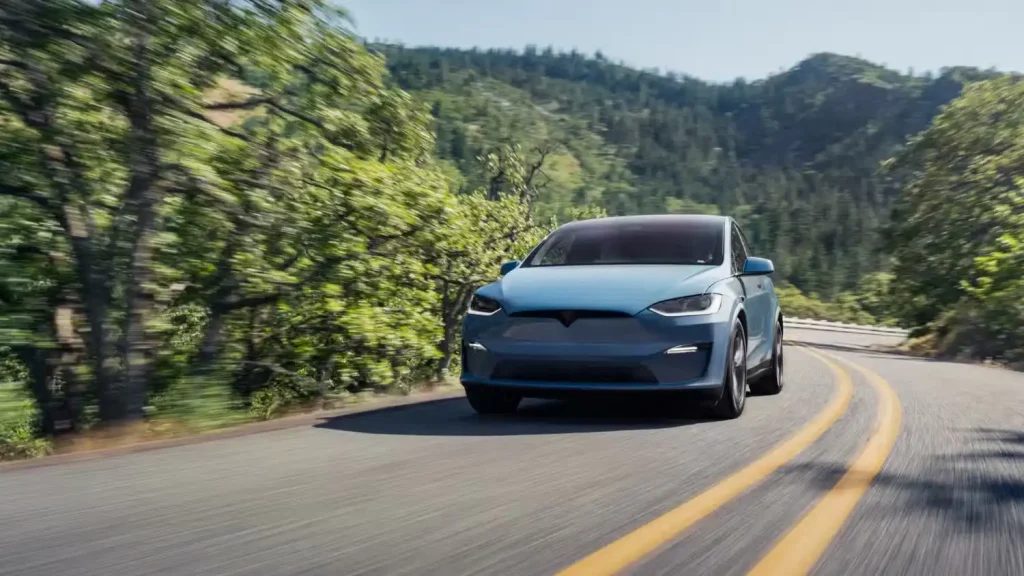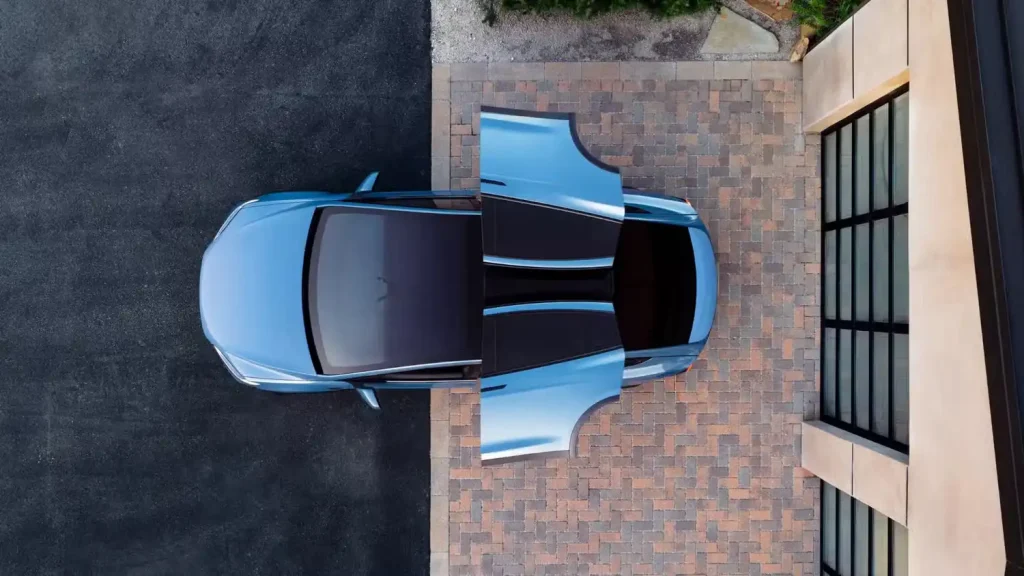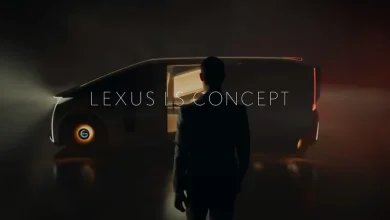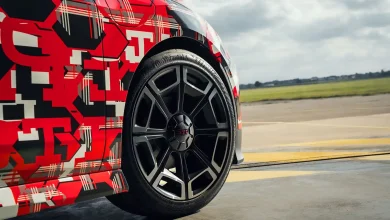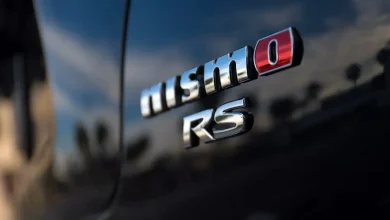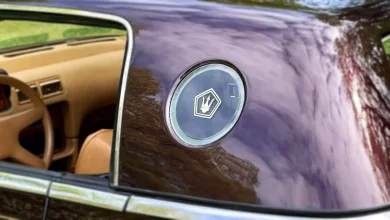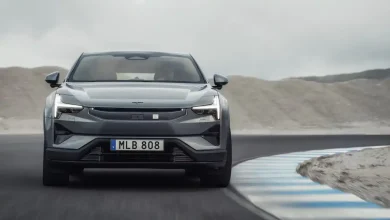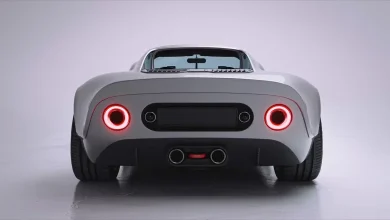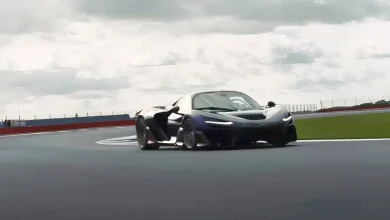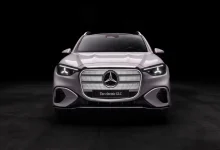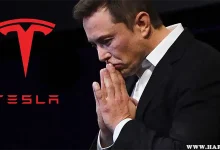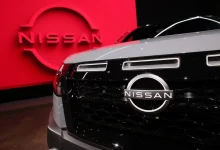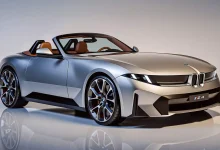Tesla Faces Major Challenges in the European Market
Electric vehicle sales have surged across Europe in 2025, yet Tesla's delivery numbers have sharply declined during this time.
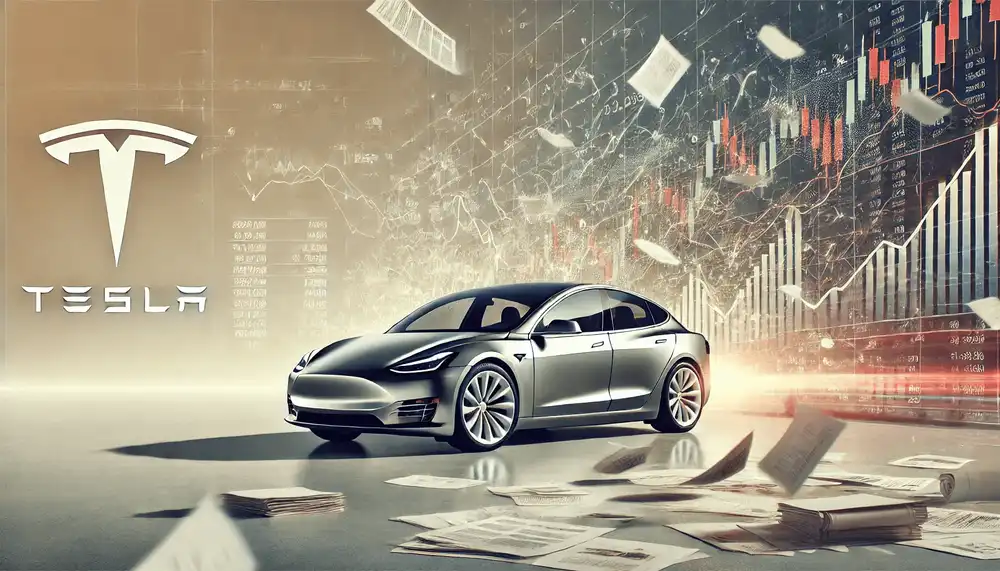
Tesla is facing challenges globally. Recently, reports surfaced that the company’s experimental robotaxis have been operating illegally during testing in Texas. At the same time, Tesla’s deliveries in China are declining as consumers increasingly favor domestic electric vehicles. Now, new information reveals that Tesla’s business in Europe is also experiencing a downturn.
In May 2025, Tesla’s sales in the combined markets of the European Union, the UK, and the European Free Trade Association fell sharply by 27.9% to just 13,863 units compared to May 2024, CNBC reports. This marked the fifth straight month of declining deliveries for the automaker in the region. What makes this drop particularly striking is that the overall battery-electric vehicle (BEV) market in the area grew by 25% year-over-year, according to the latest data from the European Automobile Manufacturers’ Association (ACEA). Essentially, while the EV market expanded significantly, Tesla’s sales declined by nearly the same margin.
A Tough Time for Tesla
From January to May 2025, Tesla’s sales in Europe plunged by 37.1%, with the company delivering only 76,459 vehicles across the region. Even more concerning, Tesla’s market share shrank significantly, dropping from 1.8% at the start of the year to just 1.2%, Reuters reports.
Tesla’s struggles come at a time when electrified vehicles are gaining strong momentum across Europe. According to the ACEA’s May 2025 market report, electric vehicles now make up 15.4% of all new car registrations in the EU, while hybrids represent 35.1%. Plug-in hybrid electric vehicles (PHEVs) account for 8.2% of registrations. Meanwhile, traditional combustion engine cars are losing ground—gasoline-powered vehicles have dropped to 28.6% of new registrations from 35.6%, and diesel-powered cars now hold just 9.5% market share.
According to the ACEA’s market report, “By the end of May 2025, petrol car registrations had declined by 20.2%, with all major markets experiencing decreases. France saw the steepest drop, with registrations falling 34.3%, followed by Germany (-26.1%), Italy (-15.4%), and Spain (-13.3%).”
What’s Happening?
There’s no single clear explanation for Tesla’s difficulties in Europe during 2025. Some speculate that CEO Elon Musk’s political activities may be influencing buyers to look elsewhere. However, other significant factors are also at play. Industry analyst JATCO highlights the rising popularity of Chinese EV brands in Europe, with their market share nearly doubling over the past year. Notably, BYD came very close to Tesla’s sales in May, falling short by only 40 vehicles.
“Despite the EU’s tariffs on Chinese electric vehicles, Chinese car brands continue to see strong growth throughout Europe. This success is partly driven by their focus on promoting alternative powertrains like plug-in hybrids and full hybrids in the region.”
-Felipe Munoz, Global Analyst at JATO Dynamics.
Additionally, established European automakers are stepping up their game to better compete with Tesla. BMW, for instance, is placing a major bet on its upcoming Neue Klasse electric vehicle lineup, which will begin with a sedan and an SUV. These new models showcase a modern design language, advanced interior technology, and state-of-the-art powertrains.
Meanwhile, Mercedes-Benz is making strides with its new electrified CLA-Class, boasting an impressive 492-mile range under the WLTP test cycle and equipped with an advanced 800-volt electrical system. The brand is also teasing a forthcoming electric super sedan, rumored to feature the company’s innovative axial flux motors and potentially deliver over 1,000 horsepower.
We look forward to seeing how Tesla navigates these challenges. The company is actively developing its robotaxi business and has recently introduced updates to the Model S and Model X. Additionally, a new Model Y Performance variant is currently in development. These efforts indicate Tesla’s commitment to turning its fortunes around.
